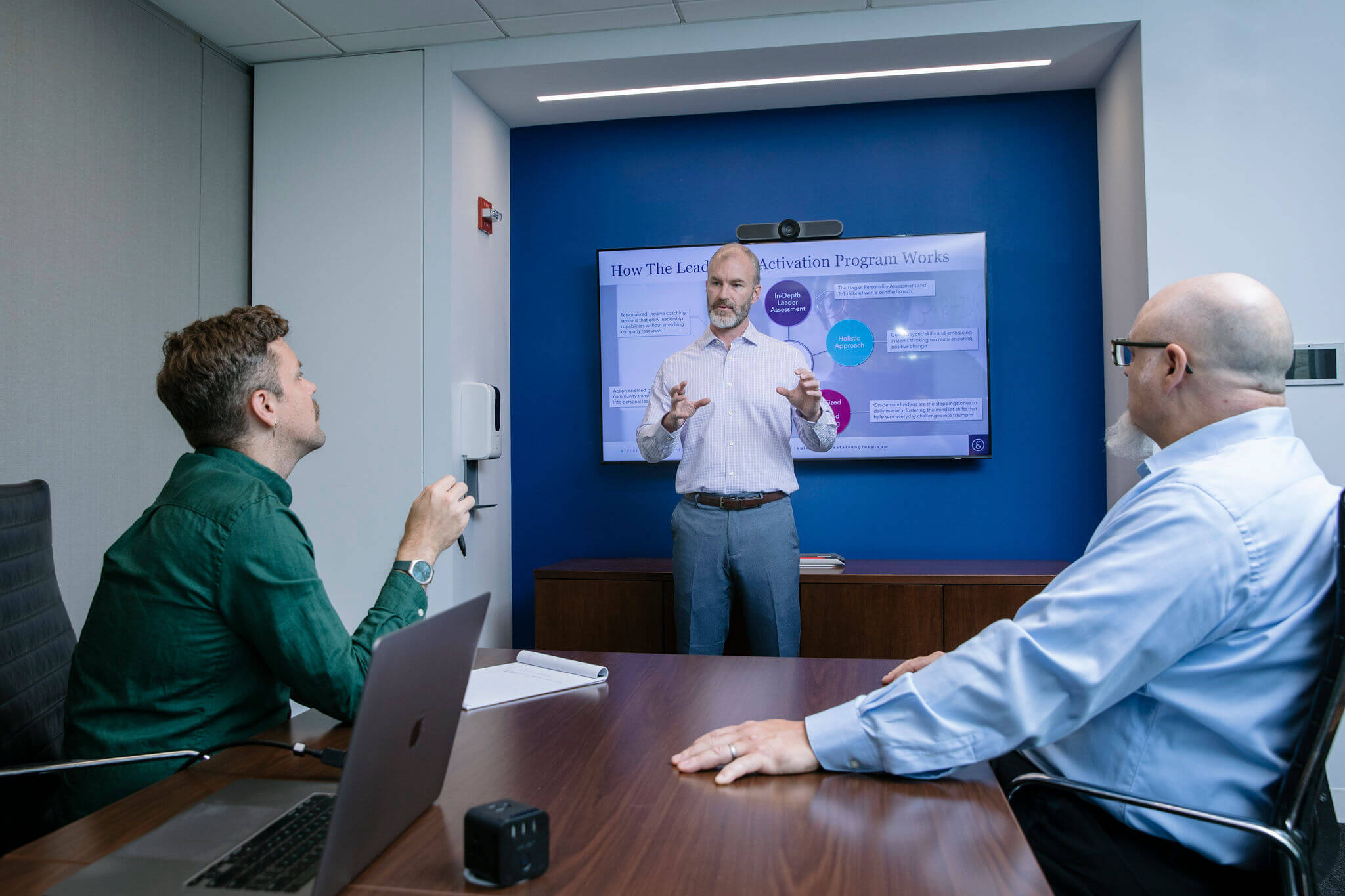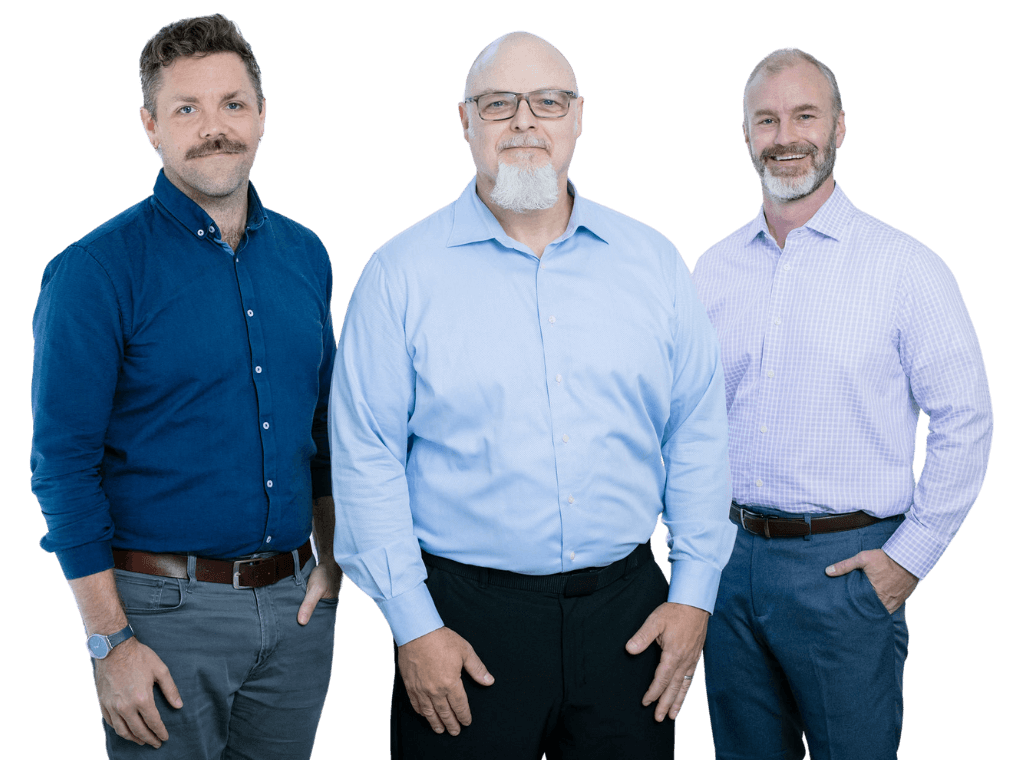“How am I supposed to lead when every day feels like triage?” Charlotte muttered, gripping her coffee mug tightly as she scanned the endless stream of emails flooding her inbox. She had always prided herself on her ability to handle challenges, but lately, it felt like the challenges were handling her. Fire after fire demanded her attention, leaving no room for strategy, no space for reflection. What’s more, being stuck in firefighting mode wasn’t just exhausting—it was unsustainable.
She thought back to when she started this leadership role, filled with enthusiasm and a clear vision. Now, that vision seemed buried under the weight of constant firefighting. Something had to change.
Breaking Free from Firefighting Mode
When your team is stuck in “firefighting mode,” leadership can feel like trying to plug holes in a sinking ship. Leaders who are constantly reacting to problems—rather than proactively strategizing—inevitably face burnout, both for themselves and their teams. But leadership doesn’t have to feel like survival. There’s a better way.
At its core, leadership is about finding calm in the chaos and transforming it into something meaningful for yourself and your team. Resilience isn’t just about enduring difficult times; it’s about shaping those moments into opportunities for growth and progress. If you’re ready to stop patching problems and start leading with intention, here’s how to begin.
Recognizing the Signs of Firefighting Mode
Before you can address the problem, you need to recognize it. Firefighting mode often manifests as:
- Constantly putting out fires: Leaders and teams spend more time reacting to immediate problems than addressing long-term goals.
- Move Decision fatigue: Simple decisions become drawn-out processes due to unclear priorities or too many competing demands.
- Burnout signals: High stress, low morale, and disengagement ripple from you outward through your team.
- Stagnation: Innovation slows as everyone focuses on maintaining the status quo rather than pushing boundaries.
If any of these sound familiar, it’s time to shift from reactive leadership.
Why Firefighting Mode Persists
Firefighting mode feels urgent—and that’s part of its trap. Leaders often focus on short-term fixes because they appear to offer immediate relief. However, this approach prevents meaningful progress and keeps teams stuck in cycles of exhaustion.
The root cause? A lack of clarity and intentionality. Without clear goals and a strategic mindset, leadership becomes about surviving the moment rather than shaping the future. Breaking this cycle requires rethinking your approach to challenges and opportunities.
The Path to Forward-Thinking Leadership
Here’s how to move out of firefighting mode and into intentional, future-focused leadership:
1. Set Clear Priorities
Clarity is the antidote to chaos. Take a step back and define what matters most for your team and organization. What goals will have the greatest impact? What can wait? By aligning your team around clear priorities, you reduce decision fatigue and create focus.
2. Cultivate Resilience Through Structure
Resilience isn’t about pushing through no matter what; it’s about building systems and processes that support adaptability. Create structures that enable your team to handle challenges without derailing progress. This might include clear workflows, regular check-ins, or delegation strategies that empower others to take ownership.
3. Embrace the Bigger Picture
When leaders are mired in the details, it’s easy to lose sight of the organization’s broader goals. Make time to reflect on the bigger picture and connect your team’s day-to-day efforts with the company’s mission and vision. This alignment not only inspires your team but also ensures that energy is directed toward meaningful outcomes.
4. Focus on Development, Not Just Delivery
Forward-thinking leadership is about more than hitting targets. Invest in developing your team’s skills, confidence, and autonomy. Equip them to handle challenges on their own, so you’re not the sole problem-solver. This creates a ripple effect of resilience and innovation across the organization.
5. Create Space for Reflection
Firefighting mode often leaves no time for reflection, but this is essential for growth. Encourage regular moments to pause and evaluate: What’s working? What’s not? How can we improve? Reflection transforms challenges into learning opportunities and prevents the same problems from recurring.
Resilience as a Leadership Superpower
Leading with intention isn’t about avoiding chaos—it’s about navigating it with purpose. Resilience means staying grounded in the face of uncertainty, seeing opportunities where others see obstacles, and empowering your team to thrive under pressure. When you shift from reacting to strategizing, you create an environment where meaningful progress becomes the norm.
Ready to Lead Differently?
At The Catalano Group, we specialize in helping leaders move beyond firefighting mode to lead with clarity, confidence, and purpose. Our programs and services provide tools and strategies for finding calm in the chaos and transforming challenges into opportunities for growth. If you’re ready to stop patching problems and start leading intentionally, contact us to learn more.



